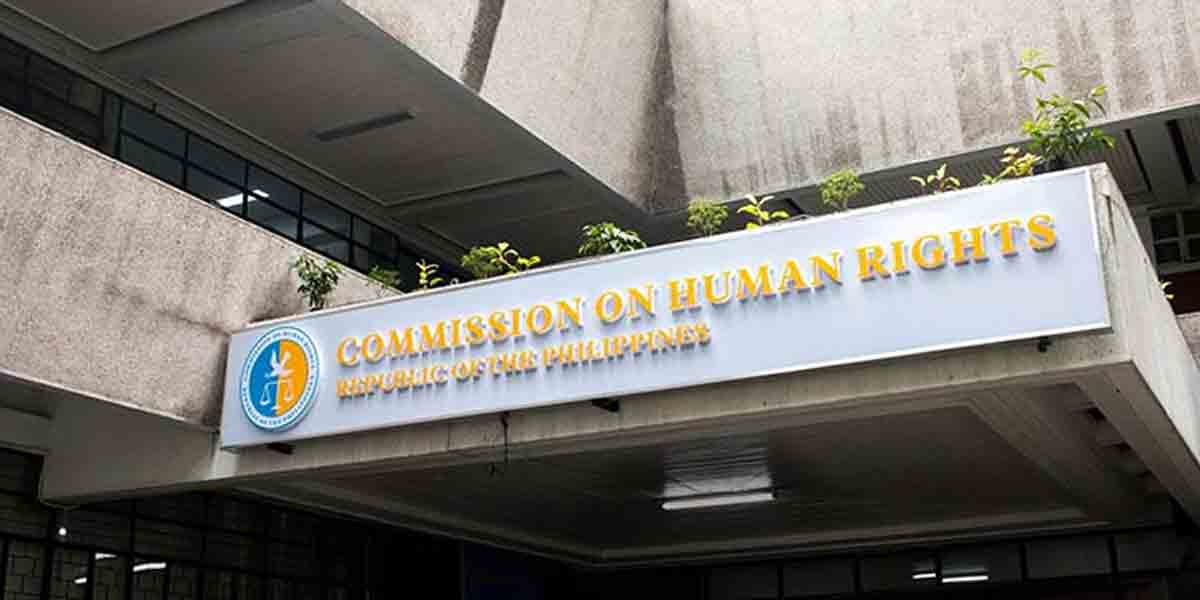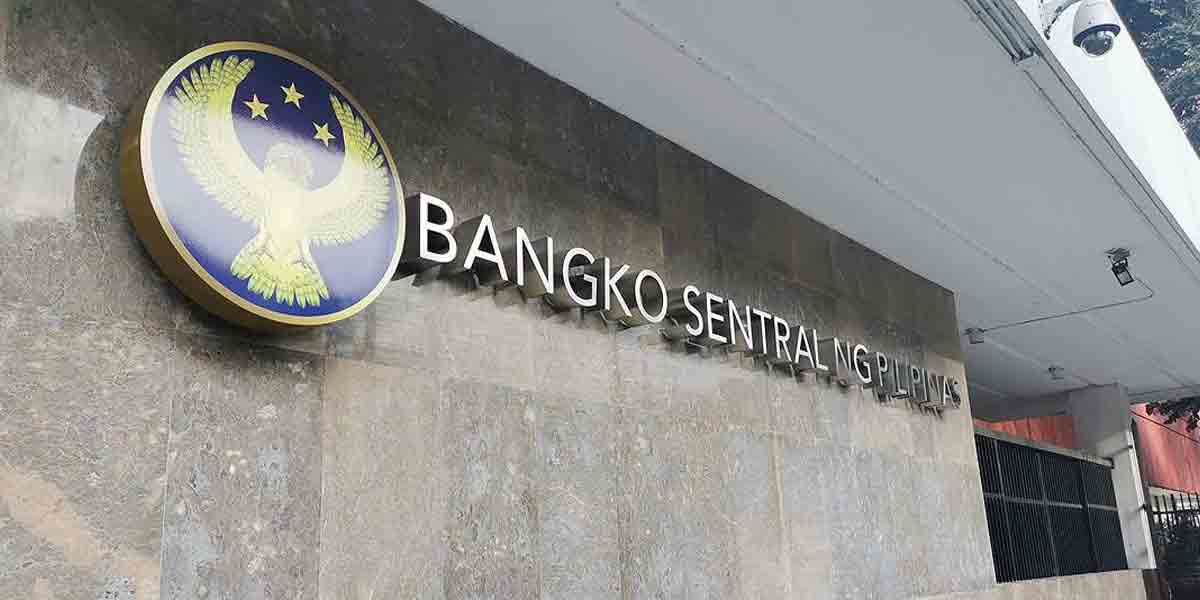The Philippine economy posted a 5.2% growth in the third quarter of 2024, a dip from the 6.4% seen in the previous quarter, according to the National Economic and Development Authority (NEDA). The average GDP growth for the first nine months stood at 5.8%, narrowly missing the government’s 6-7% target for the year.
NEDA Secretary Arsenio M. Balisacan acknowledged the slowdown during a press conference, attributing the deceleration to natural calamities and industry-specific setbacks. “Our economy continues to grow steadily; the latest GDP figures indicate continuous expansion,” Balisacan said, highlighting that the Philippines remains one of Asia’s fastest-growing economies, trailing Vietnam’s 7.4% but outpacing Indonesia (4.9%), China (4.6%), and Singapore (4.1%).
The agriculture sector faced significant challenges, contracting by 2.8% year-on-year. Balisacan pointed to the combined impacts of El Niño, seven typhoons, and the Habagat season during key planting and harvest periods. Additionally, fishing and aquaculture declined due to a 29-day fishing ban in Cavite and Bataan after an oil spill in July and frequent cancellations due to severe weather. Livestock production also fell, pressured by outbreaks of African Swine Fever (ASF), notably in Batangas in August.
Industry and services sectors grew at moderate rates of 5.0% and 6.3%, respectively. Typhoon-induced class and work suspensions disrupted supply chains and administrative operations, compounding the economic strain.
Despite these hurdles, domestic demand remained strong, growing at 6.6%, though slightly down from 7.4% in the previous quarter. Household spending increased by 5.1% amid cooling inflation, which supported consumer confidence. However, adverse weather dampened tourism and leisure activities, leading to 138 flight cancellations, as reported by the National Disaster Risk Reduction and Management Council (NDRRMC).
Investment figures offered a silver lining, with total investments expanding by 13.1% due to surges in private construction (11.9%) and growth in capital formation spurred by durable equipment. However, public construction growth slowed sharply to 3.7% from 21.7%, hindered by typhoon-related delays.
Exports faced headwinds, shrinking by 1.0% year-on-year, primarily driven by a significant 17.9% decline in electronics, particularly semiconductors. “The industry is undergoing inventory corrections and has yet to meet the demands for new products in the global market,” Balisacan noted. Meanwhile, imports rose, resulting in a sharp 32.6% contraction in net exports.
Despite the third-quarter dip, Balisacan remains optimistic that the annual growth target is achievable. “The economy needs to grow by at least 6.5% to meet the government’s target for the last quarter of 2024,” he said, citing anticipated holiday spending, easing inflation, and improved labor market conditions as potential growth drivers.
Monetary policy adjustments are expected to play a supportive role. The Bangko Sentral ng Pilipinas cut policy rates by a cumulative 50 basis points in August and October and reduced reserve requirements to enhance liquidity and stimulate spending.
The government is also focusing on agricultural recovery, with the Department of Agriculture allocating PHP 541 million for agricultural inputs and PHP 500 million for its Survival and Recovery Assistance Program. Damage from recent typhoons and Severe Typhoon Kristine was estimated at PHP 15.8 billion for agriculture and PHP 9.6 billion for infrastructure and private property.
The government’s long-term strategy includes bolstering infrastructure investments, engaging in new free trade agreements, and enhancing the digital economy. “We must aggressively push for the sustained implementation of our infrastructure drive,” Balisacan emphasized, underlining the need to simplify processes for public and private investments.
The Philippines has also resumed negotiations for free trade agreements with the United Arab Emirates and the European Union to boost exports of non-traditional products and services. In addition, the New NAIA Corporation’s initiatives to improve terminal operations are anticipated to mitigate air travel delays and enhance tourism infrastructure.
Balisacan stressed the importance of aligning technological advancements with workforce development, particularly through reskilling programs as the country adopts artificial intelligence technologies. He highlighted the potential of the Digital Workforce Competitiveness Act and the upcoming National AI Strategy 2.0 to prepare the labor market for future shifts.
To close, Balisacan reiterated the Marcos administration’s dedication to sustainable growth and resilience: “Our focus is clear as we sustain our momentum. The Marcos Administration remains steadfast in its goal of genuine social and economic transformation.”
This commitment will be tested in the coming months as the Philippines braces for potential weather disruptions, with PAGASA forecasting up to eight tropical cyclones from November 2024 to April 2025.























